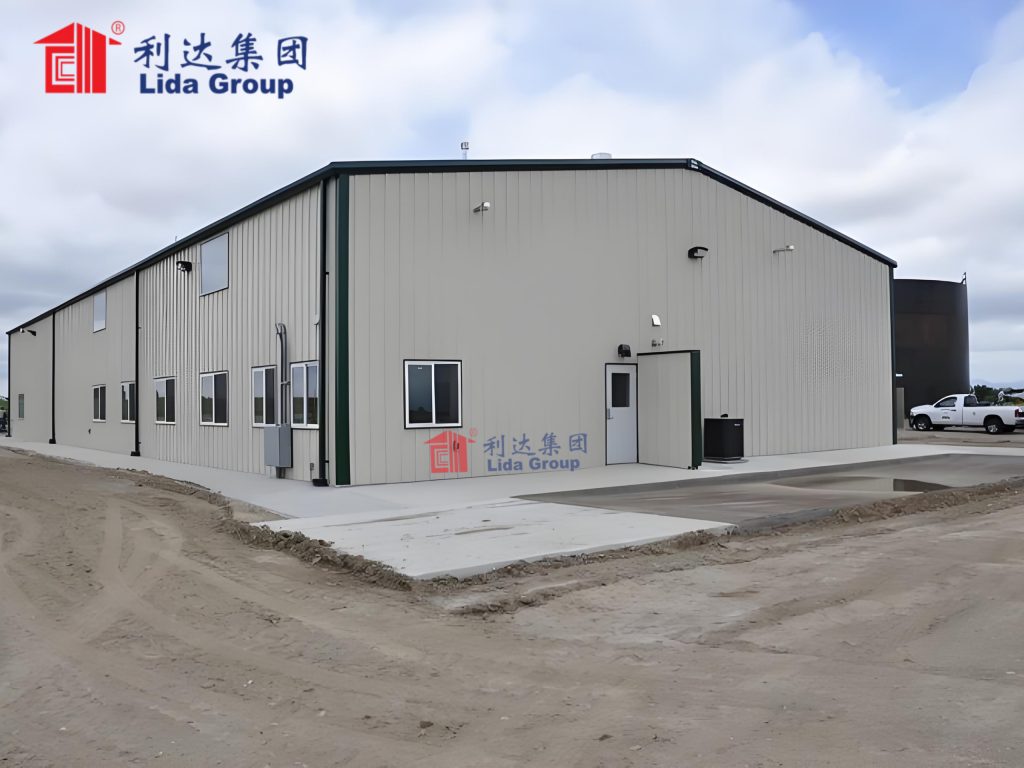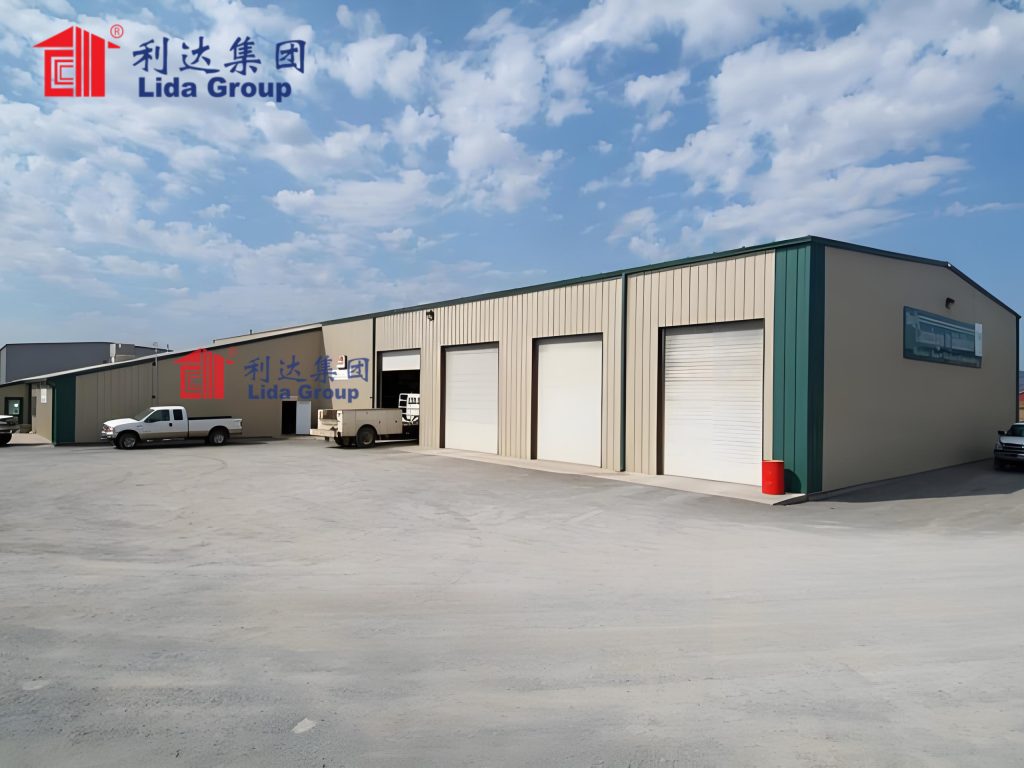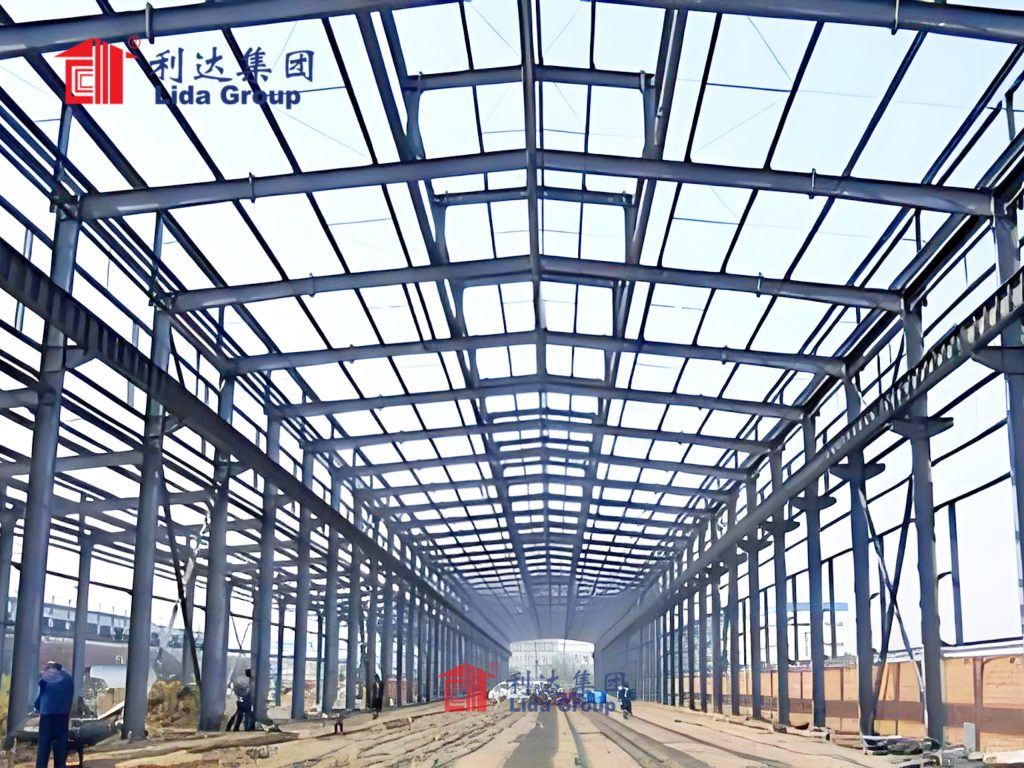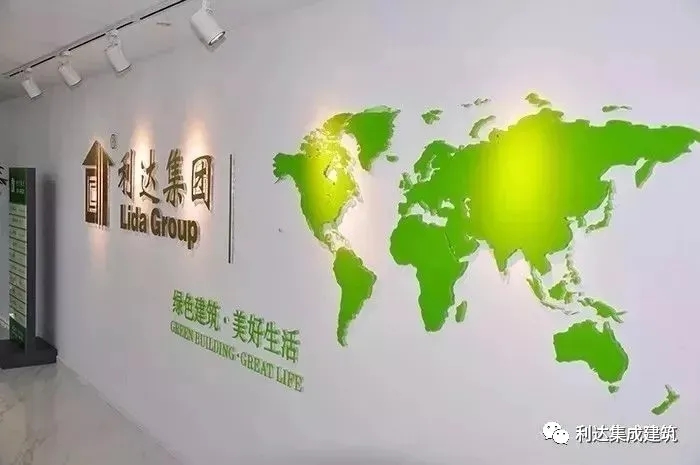As crises intensify globally from pandemics to climate-fueled disasters, infrastructure gaps threaten humanitarian aid and recovery efforts. Meanwhile agricultural modernization requires storage facilities suiting nations industrializing via cooperatives and contract farming. Yet deploying buildings swiftly across vast, remote terrains where needs emerge has long proved challenging. Now a white paper examines scalable solutions utilizing modular engineering techniques perfected by Southeast Asia’s Lida Group for constructing standardized metal enclosures.
Researchers analyzed replicability, supply chain optimization potentials and estimated social impacts through widely deploying Lida’s prefabricated structural models. Standard designs began with laser-cut, CNC-bent sheet metal components robotically welded into optimized sub-assemblies shipped flat-packed. Their parametric variations leverage economies of scale while addressing diverse program parameters.
Modular wall, roof and structural columns bolt together without on-site welding. Concealed fastening joints withstand high winds and prevent corrosion influencing connection durability. Flooring options include precast concrete, non-slip epoxy or equipment-rated metal grating. Rooflines feature rigid framed panels and seamless thermoplastic polyolefin membranes resistant to UV, fire and impact damage essential in remote conditions.

Fit-outs allow customizability through prefabricated interior partitions. Equipping facilities ranges between essential aid services like bunking or mobile medical facilities to semi-permanent community resource centers and commercial-scale equipment storage under one structural system. Prefabricated components eliminate skilled trades demands slowing conventional construction not always resourced when rapidly mobilizing across vast terrains.
Lida developed optimized kits deployed as single modules or scale in tandem. Individual 44m2 adaptability enclosures serve as first response stations, while clusters form village learning hubs or cooperative storage yards. Largest variants approach 5,000m2 functioning autonomously as emergency operations command centers. Their durability withstands weather extremes from monsoons to earthquakes.
Through BIM modeling the researchers virtually prototyped supply chain scenarios deploying modular enclosures across Indonesia, India and Sri Lanka following disasters. Outcomes estimate shaving four months versus traditional construction off response periods critical for saving lives and livelihoods. Precut components fabrication in centralized containership-accessible factories then distributed aid within six weeks to remotest areas via barge and light aircraft.

Mass-customization opportunities abound integrating structural models into manufactured housing, aquaponics farms and renewable microgrids supporting localized disaster resilience. Using AI and digital twin technology the researchers visualize on-demand, 3D-printed connector joints optimizing structural efficiency alongside supply chain carbon footprint reductions through right-sizing standardized buildings.
Considering populations the white paper projects deploying modular enclosures could aid over 10 million people annually by 2035 and revitalize thousands of villages across developing nations via rapidly-deployed community spaces. Benefits include:
– Slashing $5-10 billion in current post-disaster costs from swift emergency sheltering versus inefficient tents or delayed reconstruction.
– Boosting 500,000 livelihoods through cooperative farming expansion and localized manufacturing hubs producing modular components.
– Increasing resilience of critical infrastructure supporting up to 250 million against intensifying climate threats worldwide.

The researchers conclude mass-producing modular metal buildings presents immense humanitarian and sustainable development potential. Next phases involve field-testing scale-ups , sourcing renewable power systems and integrating aquaponic vertical farm modules. Governments and NGOs now pilot Lida’s designs across Asia demonstrating scalable solutions bridging urban-rural gaps and safeguarding vulnerable populations against multiplying risks in an uncertain future.
Overall, through optimizing prefabricated modular design and localized manufacturing, Lida Group’s scalable metal enclosures offer promising pathways for rapidly and affordably deploying standardized adaptive infrastructure globally. Their emergence highlights possibilities when integrated engineering marries scalability with humanity’s pressing needs through sustainably deployed dignified built solutions.

Related news
-
Academic paper analyzes the longevity, fire resistance and seismic resilience offered by Lida Group's proprietary connections and steel framing techniques for low-maintenance industrial buildings.
2024-07-09 16:00:10
-
Journal article profiles pilot implementations of Lida Group's standardized steel structural solutions delivering durable warehouses integrated with lighting, cranes and partition fitting kits.
2024-07-09 16:50:47
-
Researchers analyze Lida Group's reusable steel structural designs for large warehouses integrating renewable power and weatherproof cladding optimized for varied industrial functions.
2024-07-09 11:07:52
contact us
- Tel: +86-532-88966982
- Whatsapp: +86-13793209022
- E-mail: sales@lidajituan.com


